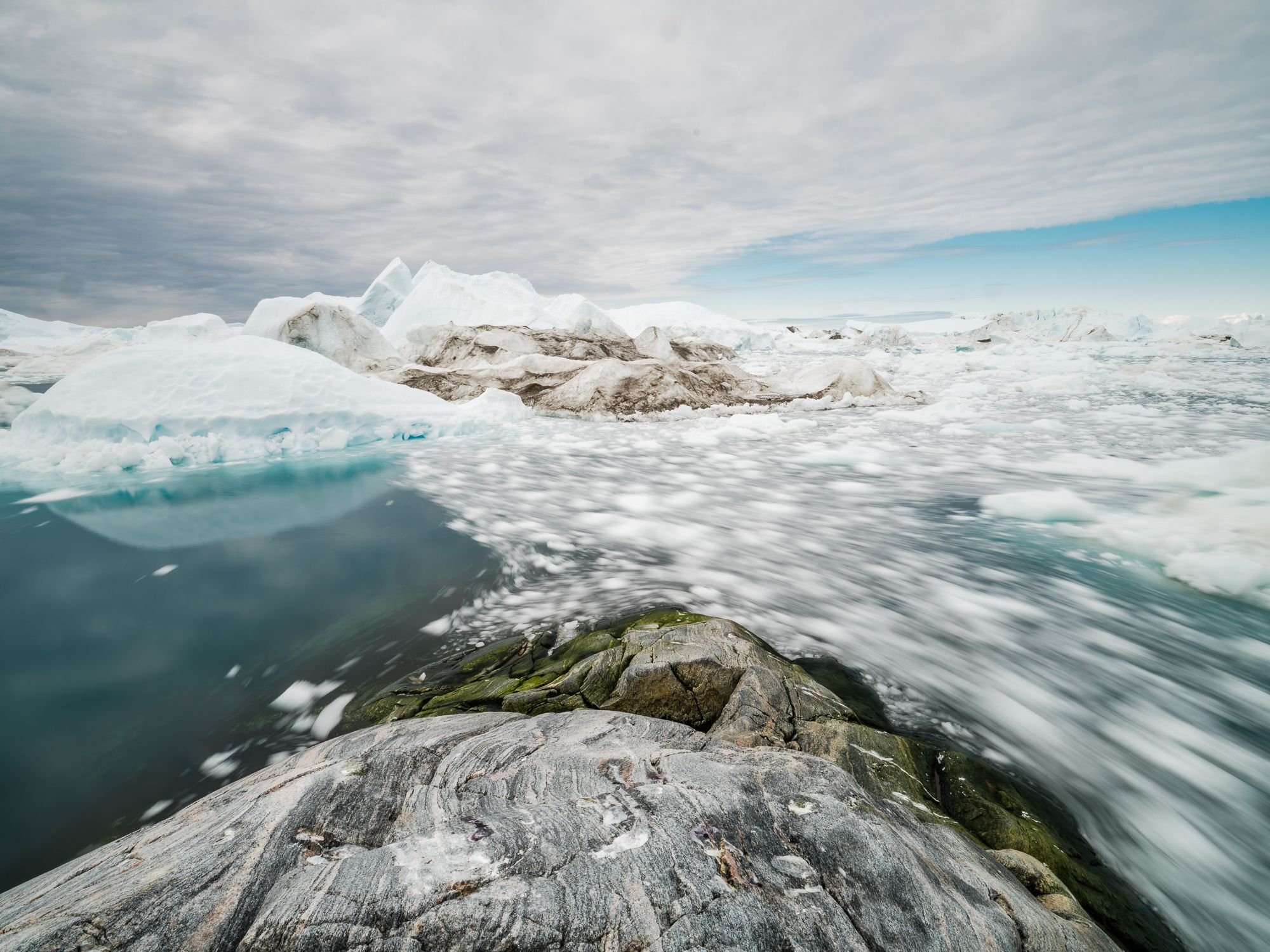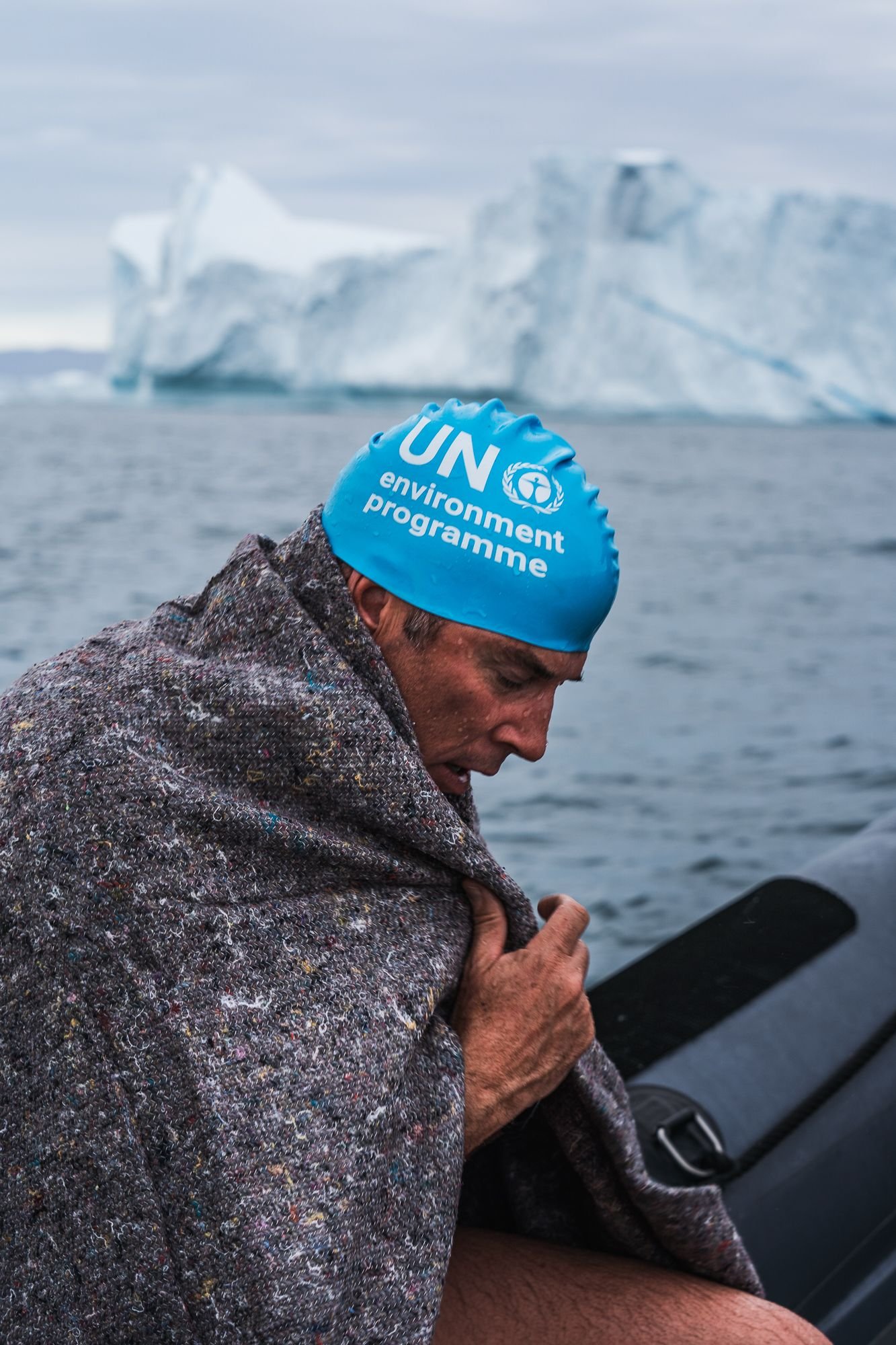My Top Pics From 2021: Greenland to Glasgow
What a year! I’ve put together some of my top pics from 2021, from Greenland to Glasgow. Enjoy.
My expedition to Greenland started with an idea. I wanted to tell a story about what is happening in our polar regions. To demonstrate the speed and scale of the climate crisis. And take that message to Glasgow for #COP26.
We decided that the best way to do this would be for me to swim across the face of Greenland’s Ilulissat Glacier - the world’s fastest moving glacier which is now traveling at 40m per day. This is ground zero of the climate crisis.
It took 6 months to prepare for the #ClimateSwim. Most of my training took place in Cape Town’s chilly waters, where I slowly made friends with the cold again.
Consistency is the key to this kind of training. It’s out in the South Atlantic every single day.
But I wasn’t alone during these gruelling months. A big thank you to the Cape fur seals who often kept me company!
This was the moment we approached the peak of my preparations for Greenland. My swims became long, rough and cold.
And then there was just one week to go. This was my last swim before leaving for the Arctic. After 6 months of training, I was in the best condition of my life. I felt ready. But the real hard stuff lay ahead.
Now for the cold water adaptation. I needed to swim in progressively colder water so that my body would be acclimatised by the time I arrived in Greenland.
And Iceland was the perfect place for this, with rivers flowing straight off the glacier.
I went from chilly 12°C waters to swimming up and down the Ytri-Ranga River in Iceland which was an icy 3°C. Hugely grateful to Max Holloway who trained with me twice a day, every day.
These 10 days of cold water adaptation was some of the most painful swimming of my life.
But no amount of training can prepare you for the immensity of Ilulissat. I remember looking out over the icefjord for the first time and thinking I had never seen anything as intimidating as this.
The mouth of the Ilulissat Icefjord spans 7.8km. Here there is a wall of icebergs holding back 60km of smaller icebergs. My greatest worry at this point was whether this wall of ice would burst…
After 3 days of acclimatisation in Greenland, the #ClimateSwim began. Twice a day for the next 12 days, I lowered myself into Ilulissat’s 0°C waters, swimming 10 minutes at a time. It was utterly brutal.
But on day 4, everything came to a halt. I woke up to a motorway of ice. One of the icebergs at the mouth of the fjord had broken up.
Unable to swim for a number of days, I watched as thousands and thousands of icebergs calved off the glacier, straight into the sea. I realised then how woefully we have underestimated the speed and scale of this climate crisis.
No swimming today.
Days later and we were finally back on track after finding some open sea. I had a lot of catching up to do. It was day after day after day until we reached the other side.
After 12 long days and 7.8 gruelling kms, I had finally swum across the mouth of the Ilulissat Icefjord. This was a moment of pure relief, cold and exhaustion.
This swim was exponentially harder than anything I have ever done. This was the team that got me to the other side. They were exceptionally talented and most of all, very kind.
I had finished the #ClimateSwim, but the important work was still to come. I arrived in Glasgow for #COP26 and dove into back-to-back speeches, media engagements, and interviews to share the extreme melting we had witnessed in Greenland.
But leaving Glasgow, we were still on track for a 2.3°C world - far beyond the limits outlined in the Paris Agreement.
My thoughts going into 2022: We must now redouble our efforts and take extreme responsibility to protect our planet and our future.
A massive thank you to
for partnering with me to make this expedition happen. I am so grateful for your support.
Photo credits:
Olle Nordell, Kelvin Trautman, Michael Booth, Steven Benjamin and Henrik Hansen.
Lewis Pugh is an endurance swimmer and the UN Patron of the Oceans.




















